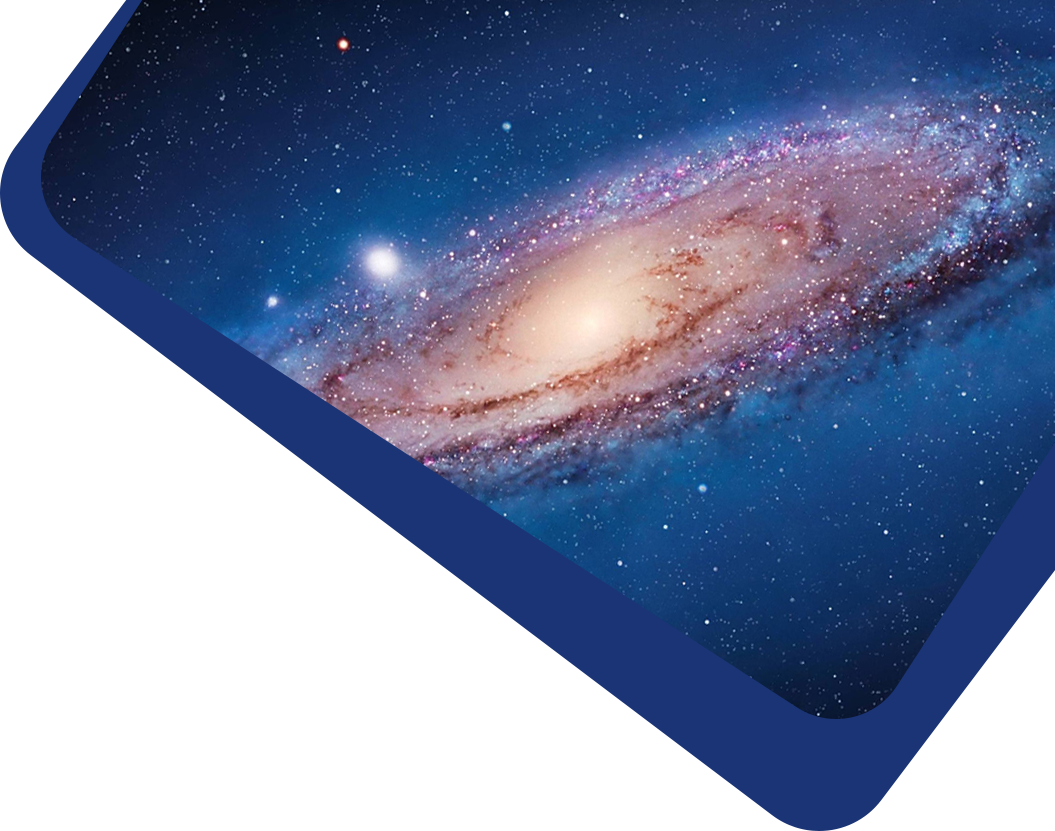

The feeding and feedback processes at the vicinity of a supermassive black hole (BH) are essential for our understanding of the connection between supermassive BH and its host galaxy. In this work, we provide a detailed investigation, both observational and theoretical, on the diffuse (∼2''–20'', ∼0.08–0.8 pc) X-ray emission around Sgr A*. Over two-decade Chandra observations are gathered to obtain highest signal-to-noise to date. We find that, the line center of iron lines of the outer 8''–18'' region, \(\epsilon_{\rm c}=6.65_{-0.03}^{+0.02}\) keV, is comparable to that (\(\epsilon_{\rm c}=6.60_{-0.03}^{+0.05}\) keV) of the inner 2''–5'' region. This is somewhat unexpected, since the gas temperature decreases further away from the central BH. Based on a dynamical inflow–outflow model that considers the gas feeding by stellar winds from Wolf–Rayet stars, we calculate the X-ray spectrum based on both the conventional collisional ionization equilibrium (CIE) assumption, and the newly developed non-equilibrium ionization (NEI) assumption. We find that, theoretically gases within ∼8''–10'' remain in a CIE state, outside of this radius they will be in the NEI state. A comparison of the properties of ∼6.6 keV iron lines between CIE and NEI is addressed. Interestingly, the NEI interpretation of outer region is supported by the Chandra line center \(\epsilon_{\rm c}\)measurements of this region.
Key words: X-rays: diffuse background – galaxies: active – Galaxy: center – (galaxies:) quasars: emission lines
There are currently no refbacks.
It accepts original submissions from all over the world and is internationally published and distributed by IOP